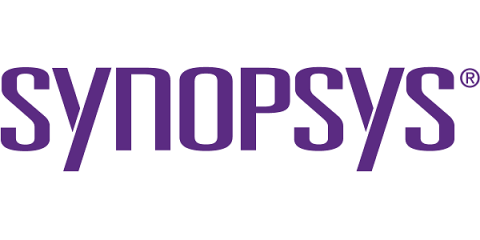Egnyte Releases Open Source Bandwidth Limiting Plugin
Bandwidth pricing is a major component of the cloud services model. And for a content-heavy service like a video or document store, egress costs can quickly spiral out of control. To mitigate this, it is important to put limits on the amount of data that can be downloaded in a given interval. However, bandwidth limiting for a multi-tenant SaaS product adds a few interesting challenges.











